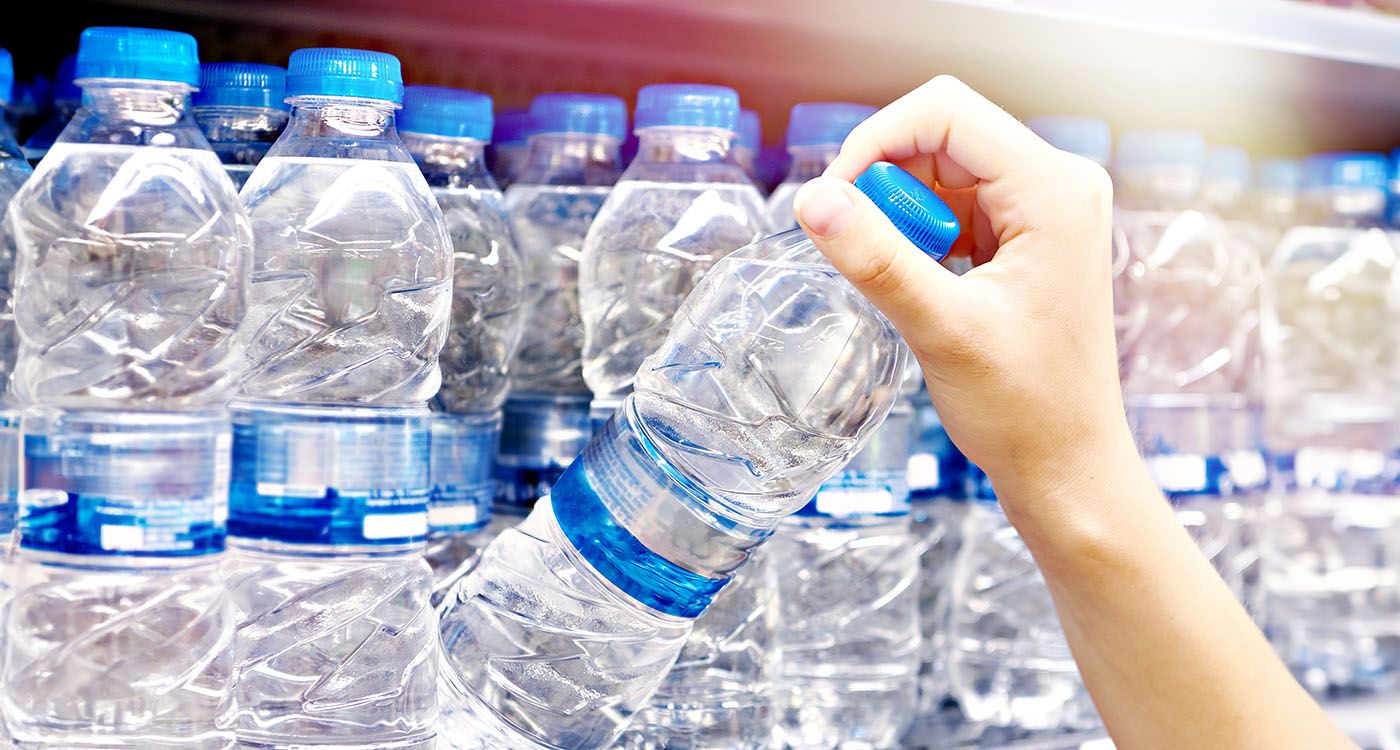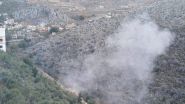
The Ministry of Public Health (MoPH) in Lebanon informed the public on October 13, 2025, that it would be removing Tannourine bottled water from stores after tests revealed the existence of Pseudomonas aeruginosa, a harmful bacterium. The announcement sent shock waves throughout the country.
Tannourine, one of the nation’s most recognized bottled-water brands, suddenly raised a bigger question: how safe is the bottled water we drink, and the industry that bottles it?
From Nature to Factory
Lebanon hosts hundreds of mountain springs, from Falougha to Tannourine to Sannine, which feed most of the country’s bottled-water brands.
At a typical treatment plant, the process begins at the wellhead or spring, where water is transferred to a treatment facility. The first step is screening, which filters out sand, leaves, and other debris.
When the water comes from a clean underground spring, basic filtration may be sufficient to remove small particles. However, when water is sourced from a well or surface supply, facilities add extra purification steps, passing it through carbon filters, membranes, or reverse osmosis systems to remove minerals, salts, and bacteria.
Finally, the water is disinfected with ultraviolet (UV) light or ozone, providing the last line of defense against germs before it enters the bottling area. Robotic machines then fill and seal the bottles under sterile conditions.
Even a minor issue, like a dirty pipe, broken UV lamp, or poor hygiene, can introduce contamination. That appears to be the case with Tannourine, where samples tested positive for Pseudomonas aeruginosa.
Spring Water vs. Treated Water: What’s in the Bottle?
If you’ve read a Lebanese bottled water label, you’ve probably seen “spring water” or “treated drinking water.” They sound similar, but they’re not.
Spring water comes from underground sources, often in the mountains, and is naturally drinkable. It receives light filtration to remove sediment but is otherwise left in its natural state.
Brands like Sohat and Talaya fall into this category, promoting their natural purity and distinct mineral compositions.
Purified, or table water, on the other hand, can come from almost anywhere: a borehole, well, or even a municipal supply. It’s then processed using systems like reverse osmosis, ozone, or UV light to remove impurities.
Both types must meet LIBNOR (Lebanese Standards Institution) and MoPH safety regulations. However, the key difference lies in their source: spring water is naturally filtered, while purified water is treated by human-made systems.
In simple terms, one is inherently clean; the other is thoroughly cleaned.
What the Ministry Screens and Why It Matters
The MoPH maintains a list of certified bottled-water brands, classified as natural, spring, or table water, including Sohat, Tannourine, and Talaya.
To remain on this list, companies must regularly submit samples for microbiological testing, including for Pseudomonas aeruginosa. Detection of this bacterium indicates a failure in the disinfection process or contamination after treatment.
This is exactly what led to the suspension and recall of Tannourine. The ministry pledged to continue testing other brands and only reinstate Tannourine once the issue is fully resolved.
A Big Industry with Uneven Standards
Lebanon’s bottled-water industry is bigger than many assume. A 2016 report by Blominvest Bank estimated over 50 licensed factories across the country.
The sector is divided between natural spring-water brands, like Sohat, Rim, Talaya, and Sannine, and treated or table-water producers, usually smaller operations that rely on purification systems rather than mountain springs.
The report highlighted that more than half of licensed bottlers produce treated water, which is cheaper to make but highly dependent on hygiene and system maintenance. Without regular filter changes, sanitized pipes, and constant electricity for disinfection, bacteria can multiply.
Frequent power cuts, outdated equipment, and weak oversight make quality control inconsistent across the industry.
Why Contamination Happens and How to Prevent It
Experts point to several common causes:
-
Unclean storage tanks or piping
-
Power outages that disable UV or ozone disinfection
-
Poor hygiene when handling bottles or caps
Once contamination begins, bacteria like Pseudomonas can multiply quickly, especially in warm, humid storage areas.
The most responsible manufacturers follow HACCP protocols (Hazard Analysis and Critical Control Points) to monitor every stage from source to shelf. Some even publish lab reports and hold ISO 22000 food-safety certification.
What Consumers Can Do
Your best defense is awareness:
-
Always read the label; it should list the water source, bottling date, and manufacturer
-
Store bottles in a cool, dark place; avoid heat exposure
-
Monitor MoPH advisories and updated brand approvals
-
If the water smells or tastes strange, don’t drink it; even sealed bottles can degrade if stored improperly
A System Under Pressure
The Tannourine recall may turn out to be an isolated error, but it exposes deeper issues in Lebanon’s bottled-water sector.
In a country where tap water is often unsafe, bottled water has become a daily essential. But it depends not only on natural purity but also on relentless human oversight.
Ideally, every drop should follow a clean path from the mountains of Lebanon to your glass. In reality, it takes just one overlooked cleaning, a faulty filter, or a single power cut to turn that purity into a public health crisis.




Comments